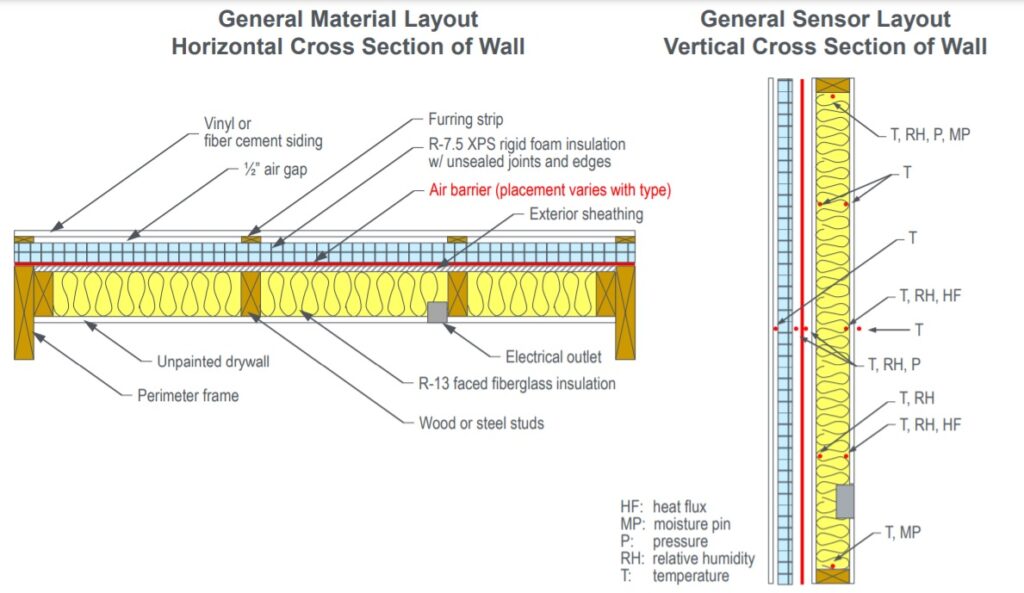Air Barriers Installation
Air barriers protect outside air from leaking into the building’ thermal envelope or air leakage from escaping the building. Although its impossible to completely protect air from entering a building and some air leakage is healthy we do want to keep air changes to an acceptable amount. Air barriers include building materials such as Tyvek and Zip Board. It is important when installing these types of air barriers to ensure the seams are sealed with high quality tape to ensure the barrier is as tight as possible. Air barriers can also be in the interior of the home and products such Drywall and OSB do act as an air barrier as well if installed properly.
When closing out a building permit a blower door test will be required and your success in passing that test will largely be affected by the air tightness of the building. Air barriers can when installed properly can assist in the air tightness of a building.
The very product builders are already using are effective air barriers but it’s important to think of them as such. When installing any product that can act as an air barrier you can imagine it as a bowl of water. Although it’s impossible to make a building as tight as a bowl of water by thinking of it in that way we can get as close as possible.
Here are some tip for properly installing air barriers:
- Properly seal breaks and joints.
- Align the air barrier with the insulation in any dropped ceiling or soffits.
- Knee walls have an air barrier on the attic side of the wall.
- Install the air barrier at the exposed edges on insulation
- The air barrier installed at exterior walls adjacent showers and tubs should separate
it from the showers and tubs.
.
That chart below shows the proper wall assembly and installation of an air barrier:
